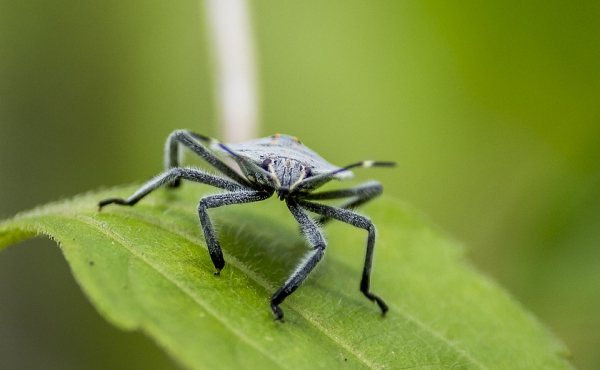A foul-smelling, voracious, wide-spread pest could become even more ubiquitous with climate change.
A recent modelling study found that changing weather could increase suitable habitat for the brown marmorated stink bug in the United States by 70%. The study, published in Pest Management Science, draws on data from a three-year stink bug monitoring effort in 17 states as well as several potential climate scenarios. However, whether the insects will thrive in new places depends on the conditions of each area and potential mitigation measures.
“Every system will change with climate change, so the fact that you can grow garbanzo beans, lentils or wheat without these pests now, doesn’t mean that you will not have them in a few years,” said study lead author Javier Gutierrez Illan, a Washington State University entomologist. “There are mitigating things that we can do, but it is wise to prepare for change.”
The study found that overall, there is likely to be a northward shift in stink bug-friendly conditions. Regions that may be particularly affected include the Mid-Atlantic, areas surrounding the Great Lakes, and the valleys of the West Coast, such as the Sacramento Valley in California and the Treasure Valley in Idaho.
Read more at Washington State University
Photo Credit: PavanPrasad_IND via Pixabay


